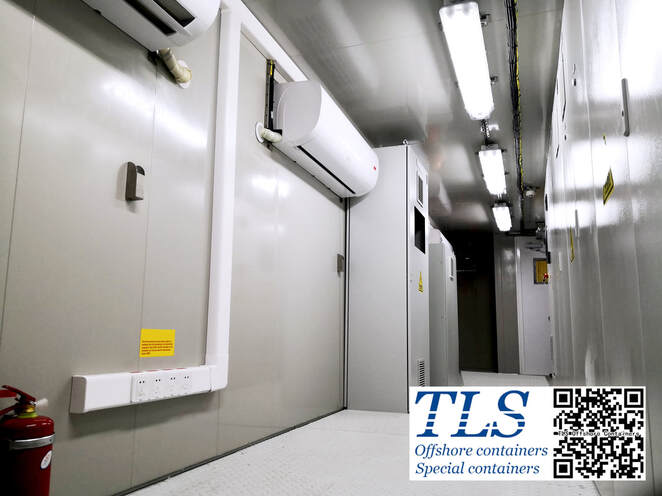|
The basic structure of a Motor Control Centre (MCC) is a metal cabinet divided into vertical sections that are isolated from each other. the MCC enclosure is usually NEMA or IP rated to protect against solid and liquid contaminants and if the working environment is harsh (e.g. dusty or hot), the MCC can be located in a remote location, away from the machine or equipment, or even in a separate, climate-controlled room. One of the basic functions of a motor control centre is power distribution, this is done via the horizontal main bus (which provides three phase power from the incoming line) and the vertical bus to each compartment. Common ratings for the horizontal bus range from 600A to 4000A, while the vertical bus is usually rated between 600A and 1500A. Most MCC's also include buses for the neutral and earth wires as standard. Each section of a motor control centre contains sub-sections (often called compartments) for bus bars, electrical trunking and equipment. Equipment compartments consist of one or more compartments containing installed hardware for starting and controlling the motor (e.g. contactors or motor starters), overload protection devices, fuses or circuit breakers for short-circuit protection and device forces for disconnection. The MCC shelter provided by TLS integrates sensors, fire and gas systems, intelligent PLC, fire dampers, air conditioners, etc. in a positive pressure container environment, which helps isolate the control systems in the MCC shelter from the external hazardous environment and facilitates the operation of surrounding systems. Increase the safety factor of the construction environment. Comments are closed.
|
Archives
July 2024
Categories
All
|
- Home
-
Containerised solutions
- Intelligent pressurised container | MUD logging cabin
- Battery energy storage system (BESS) container
- Flexible grid tied battery storage system
- Laboratory container | workshop container | Equipment containers
- Temporary refuge shelter | Toxic gas refuge | Safe haven
- Offshore accommodation cabin | office container
- Reefer container | Refrigerated container
- Intelligent waste water treatment container
- Fresh water generator container
- Cargo Containers
- Product photos & videos
- News & Blogs
- Contact us
|
Featured products
Intelligent pressurised container Temporary refuge (TR) shelter, toxic gas refuge (TGR) Battery energy storage system (BESS) container Containerised waste water treatment plant Fresh water generator container Reefer container Laboratory container, Workshop container Accommodation container Offshore closed container |
All Rights Reserved 2020 © TLS Offshore Containers / TLS Energy
|

